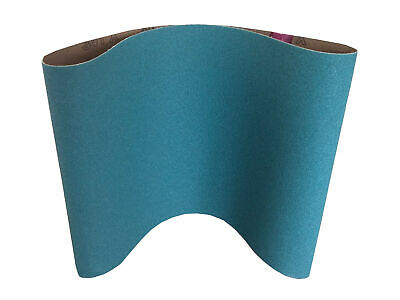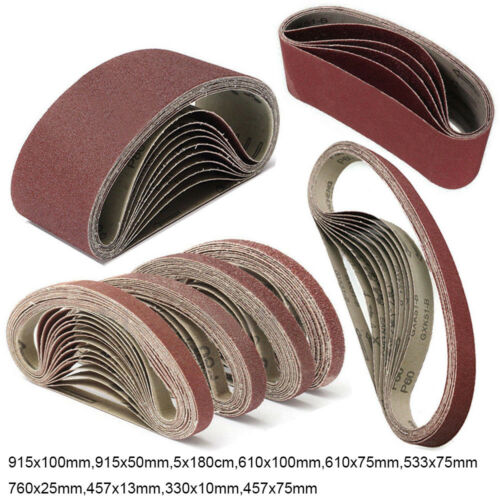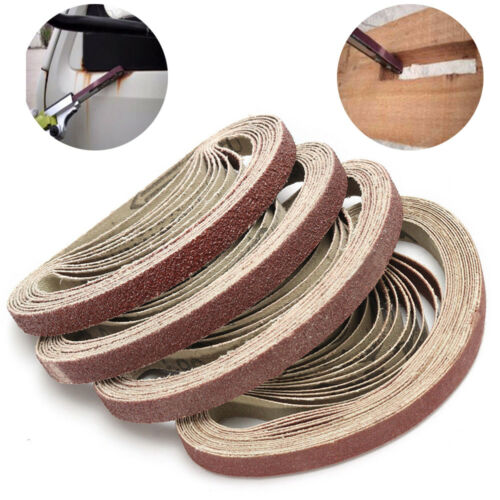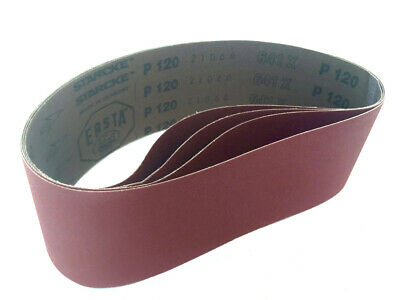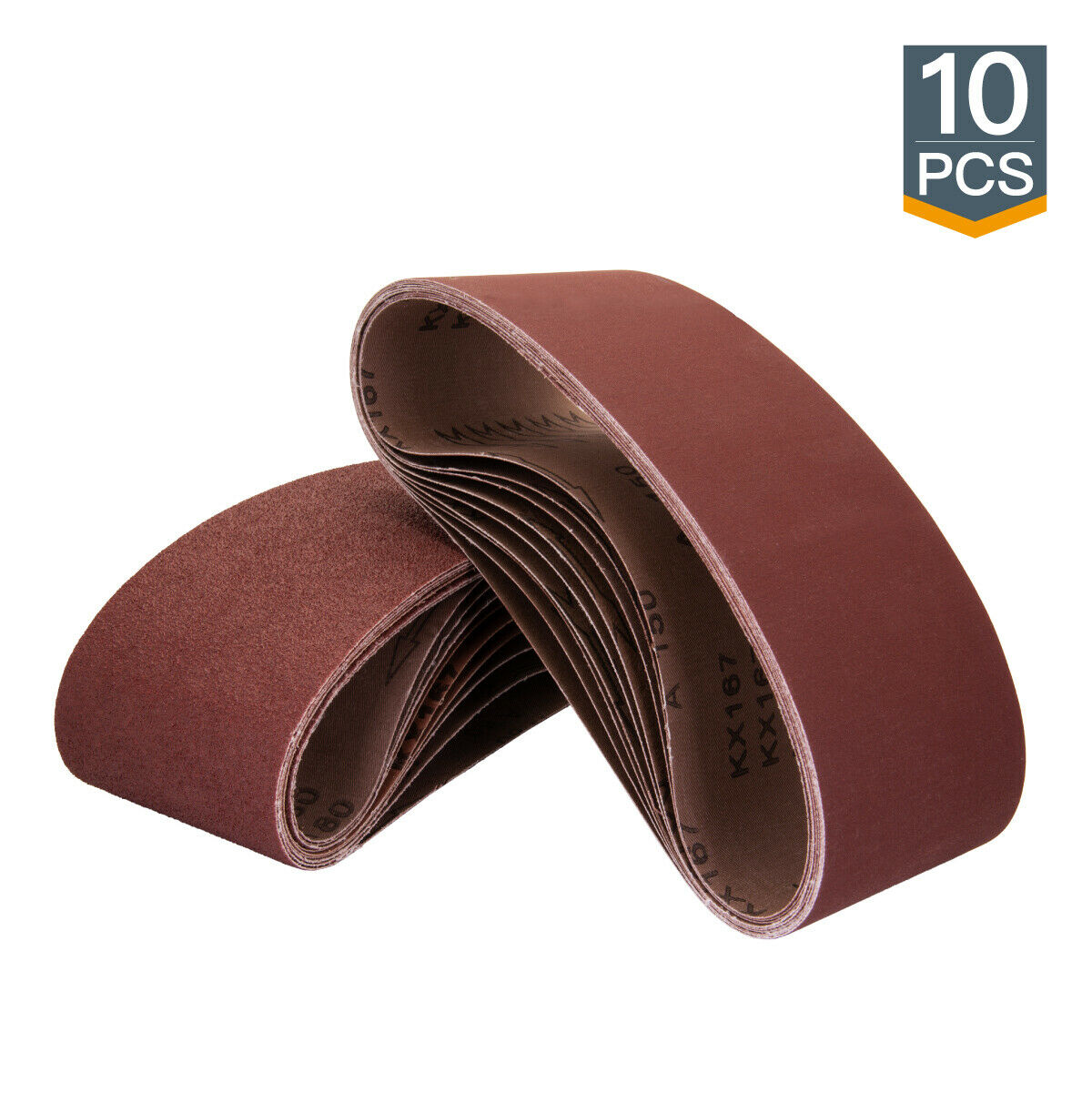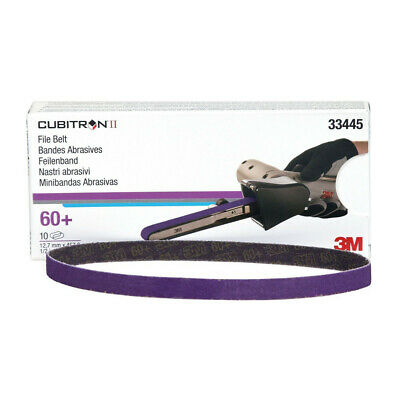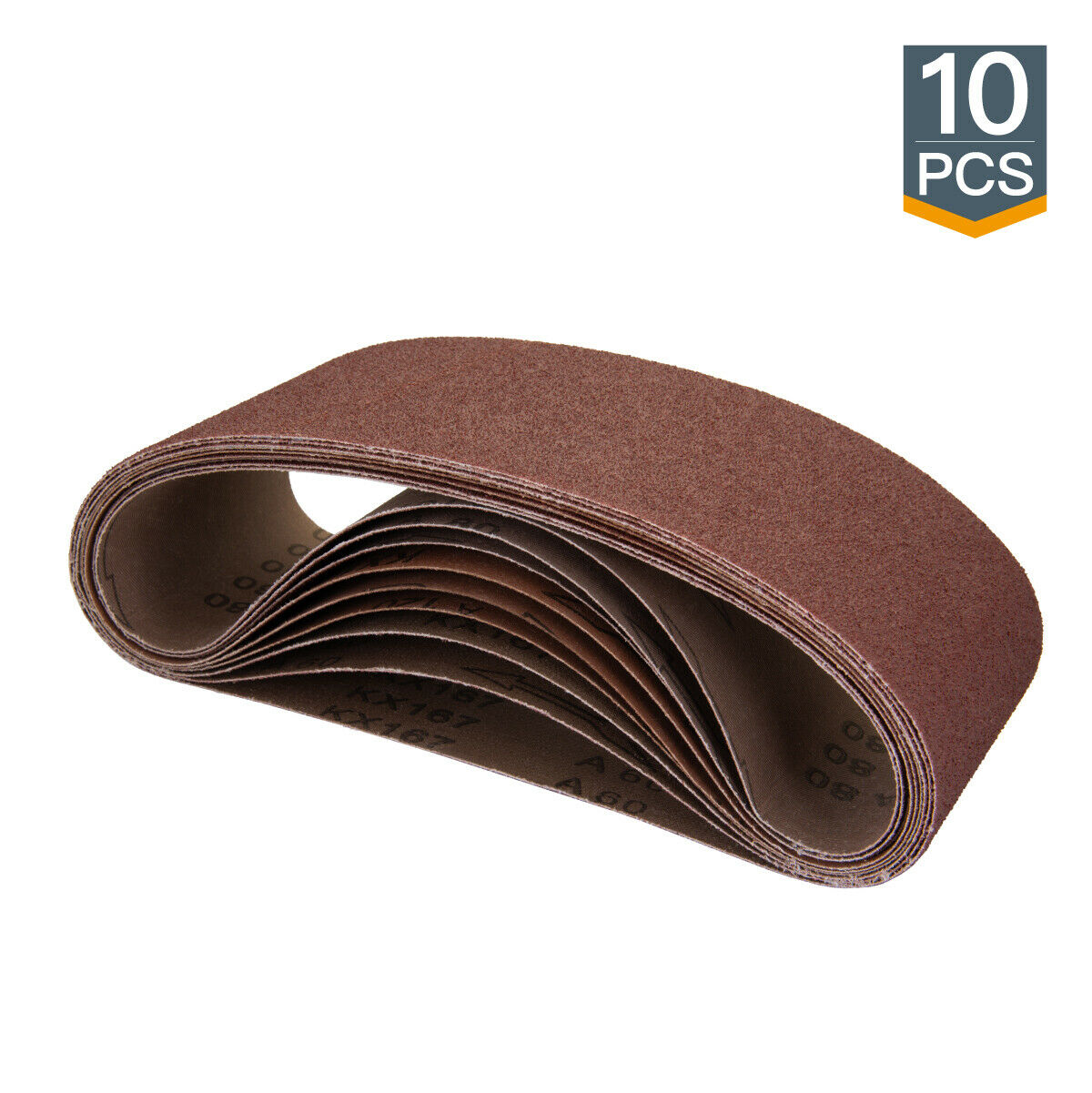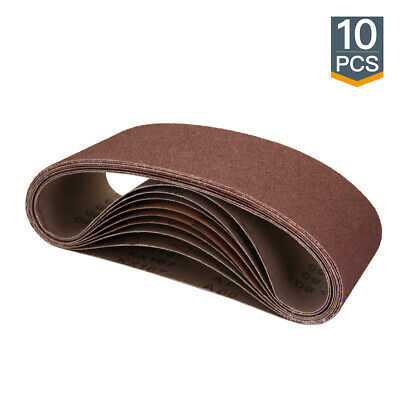-40%
Norton 3X High Performance Portable Sanding Belt, Aluminum Oxide, 24" Length x
$ 11.49
- Description
- Size Guide
Description
Norton 3X High Performance Portable Sanding Belt, Aluminum Oxide, 24" Length x 3" Width, Grit 120 Fine (Pack of 2)The Norton sanding belt for portable belt sanders is suitable for general-purpose grinding of wood, metal, fiberglass, and plastic. The bi-directional belt splice allows the belt to run in both directions to simplify mounting and maximize sanding life. The aluminum oxide grit is one of the most common choices for general-purpose grinding, and is more durable than silicon carbide grit. The belt has an open coat, which resists clogging and promotes flexibility. Open coat abrasives produce a rougher finish when abrading difficult-to-sand materials because the abrasive grains are spaced farther apart than they are on a closed coat product. Cloth backing withstands repeated flexing for maximum contouring to odd shapes and corners, and is more durable and tear-resistant than paper backing. The backing of this belt is made from X-weight cloth backing, which is a flexible and lightweight material that is strong enough to carry coarse grits. Recommended Grit Sizes 120 grit (fine) For surface preparation before applying a stain, primer, or sealer 80 grit (medium) For light sanding of surfaces or moderate removal of rust or coatings 50 grit (coarse) For heavy sanding and stripping 36 grit (extra coarse) For heavy material removal and abrasive planingCoated abrasives have individual abrasive grains spaced at a predetermined distance from one another. They are used for a variety of applications — from shaping a part to fine finishing, depending on grit size. Low grit numbers such as 40 are coarse and are used for removing excess material and shaping a part. High grit numbers such as 400 are rated as fine and help create a smooth surface finish. Closed coat abrasives are 100 percent covered with abrasive grains, which extends the abrasive's life, maximizes material removal, and achieves finer finishes on metals and hard materials than an open coat. Closed coats are only recommended for use with non-clogging materials. For open coat abrasives, 50 to 75 percent of the surface is evenly covered, which provides a rougher finish because the abrasive grains are spaced farther apart than on a fully coated product. The gritless spaces promote flexibility and resist clogging when abrading difficult-to-sand materials. The flexibility or rigidity of the abrasive product is also affected by the choice of backing material (either paper, cloth, or fiber). Paper backing, the most flexible backing option, contours to the workpiece and delivers a more consistent finish than fiber or cloth backings. Paper backings are categorized by weight from lightest to heaviest (A- to F-weight respectively). Cloth backings are slightly more rigid, durable, and tear resistant than paper backing, but can still withstand repeated flexing. Cloth backing is categorized by weight from lightest to heaviest (J-, X-, Y-, and H-weight respectively). Fiber backing is the strongest and most rigid backing option, and is recommended for aggressive material removal. Norton Abrasives manufactures sanding, grinding, and polishing abrasives. The company, founded in 1885, meets International Organization for Standardization (ISO) standards 9000 and 14001 for quality and environmental management.
Features
Sanding belt is compatible with portable belt sanders
Bi-directional belt splice allows the belt to run in both directions, which simplifies mounting and maximizes sanding life
Aluminum oxide grit is a common choice for general-purpose grinding of wood, metal, fiberglass, and plastic, and is more durable than silicon carbide grit
Open coat abrasive grains cover 50 to 75 percent of the surface to reduce clogging and promote flexibility for abrading difficult-to-sand materials
X-weight cloth backing is flexible and lightweight, strong enough to carry coarse grits, and is more durable and tear resistant than paper backing

